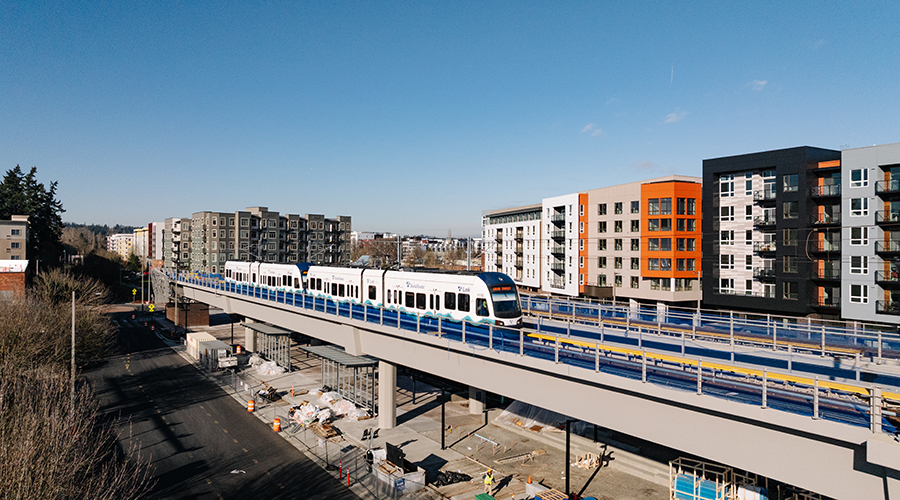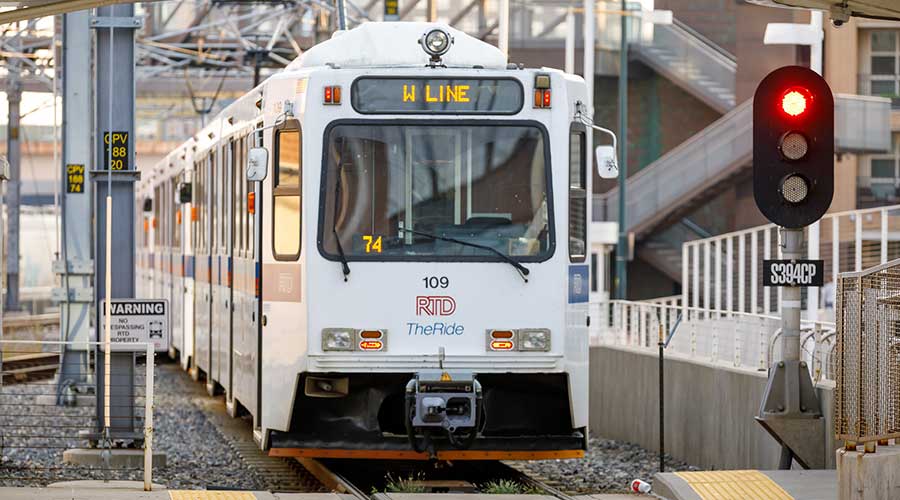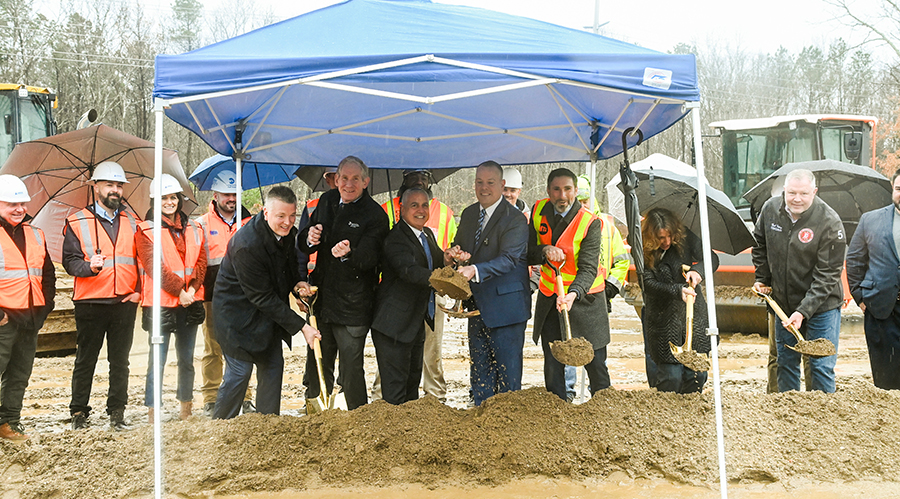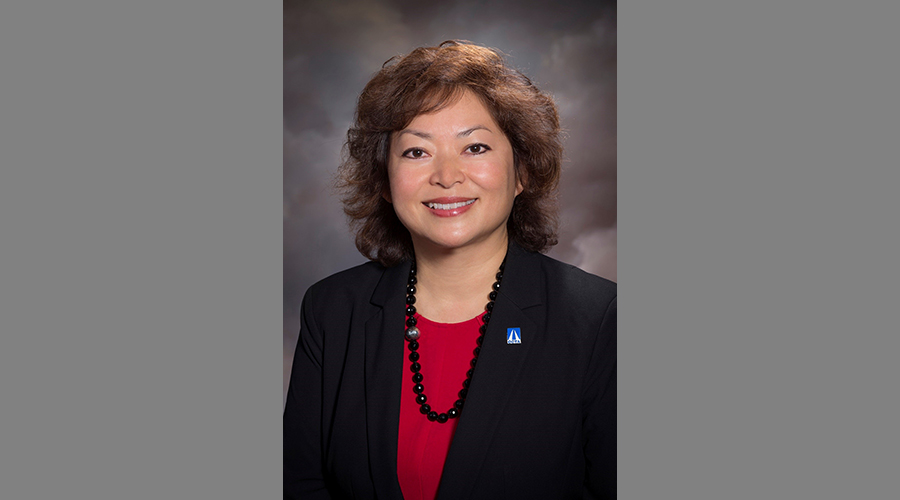Stay updated on news, articles and information for the rail industry
7/9/2015
Rail News: Amtrak
NTSB to Amtrak: Install video cameras in all trains to monitor engineers
The National Transportation Safety Board (NTSB) yesterday urged Amtrak to install inward- and outward-facing audio/video cameras inside the cabs of all of its trains to monitor the actions of engineers.
The recommendation comes as the agency continues its investigation into the May 12 derailment of an Amtrak train in Philadelphia, which killed eight passengers and injured 200 more. The NTSB has said that the train was traveling more than twice the posted speed limit when it derailed on a curve, and that positive train control would have prevented the crash had the technology been active on that segment of track.
The train's engineer has said he doesn't remember what happened during and after the crash. The NTSB determined the engineer was not using his cellphone at the time of the incident.
"The information that recorders can provide to ensure that crews are consistently operating trains safely is just too valuable to ignore," said NTSB Chairman Christopher Hart in a press release. "And recordings can provide critical information in understanding crew actions prior to accidents, which can help prevent tragedies like the recent derailment in Philadelphia."
After the derailment, Amtrak announced it would install inward-facing cameras in the operating cabs in some of its trains. The NTSB's recommendation is asking Amtrak to install the recorders in all of its trains. The agency also wants Amtrak to report twice a year on the installations.
Also yesterday, the NTSB reiterated recommendations to the Federal Railroad Administration (FRA), in which the board called for audio and video recorders to be installed in other railroads’ operating cabs. In a letter yesterday to the FRA, the NTSB cited 12 rail accidents in which the agency had recommended the use of recorders after determining such devices would have aided in its investigations.
The NTSB letter to the FRA also referenced two recent train accident investigations that were aided by inward-facing audio/video recorders: In a 2013 incident in California involving a Bay Area Rapid Transit train that struck roadway workers, the audio/video cameras helped verify the accident sequence. And in an ongoing investigation of a commuter train that struck a truck earlier this year in Oxnard, Calif., the recorder information has been “critical” in verifying the engineer’s description of the events.


 LRW Honors Amtrak’s Acheson As Railway Woman Of The Year
LRW Honors Amtrak’s Acheson As Railway Woman Of The Year
 From Editor-In-Chief Foran: Of Gender Equity And Inclusion
From Editor-In-Chief Foran: Of Gender Equity And Inclusion
 Spotlight On Some Of Today’s Rail Safety Products
Spotlight On Some Of Today’s Rail Safety Products
 Women of Influence in Rail eBook
Women of Influence in Rail eBook
 railPrime
railPrime







